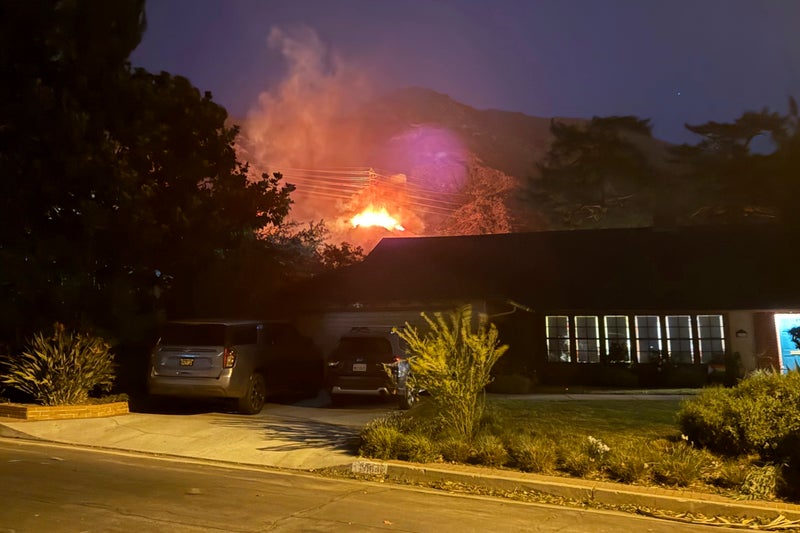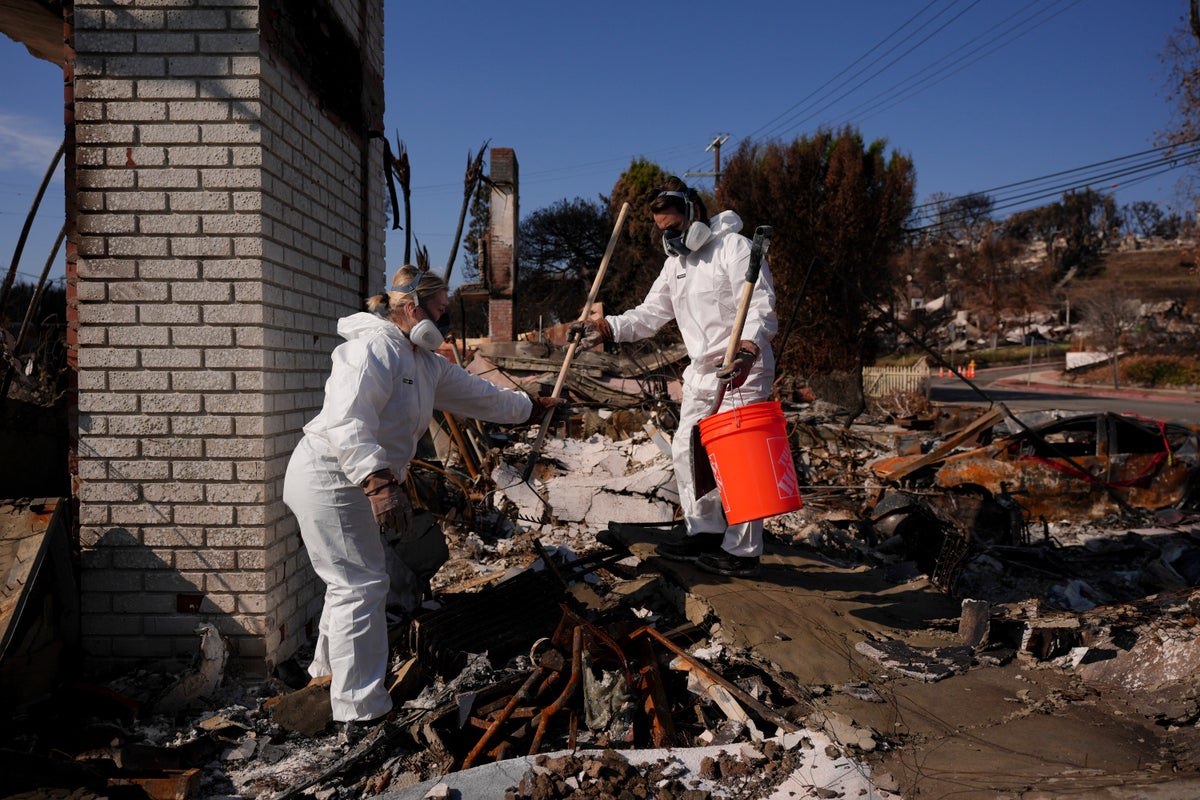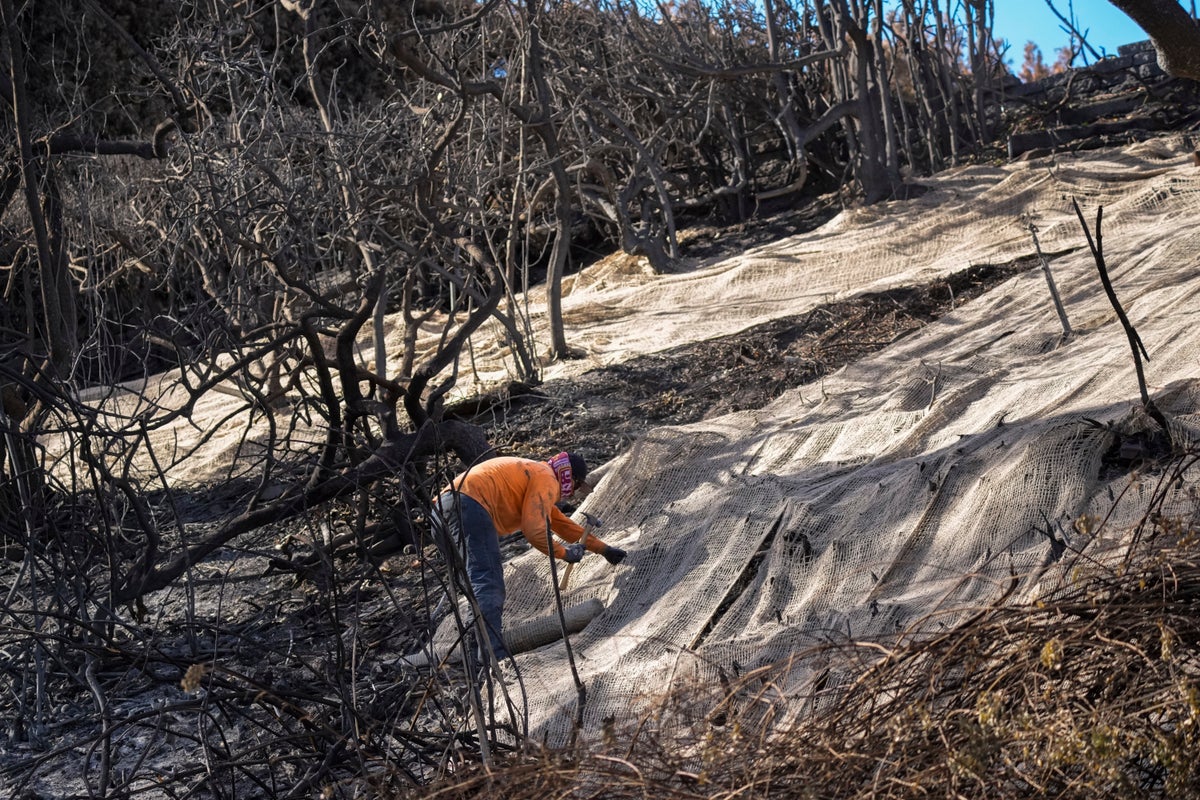Flawed emergency alert systems lagged when residents needed them most during Los Angeles wildfires
Flawed emergency alert systems lagged when residents needed them most during Los Angeles wildfires
Share:
When disaster strikes, government emergency alert systems offer a simple promise: Residents will get information about nearby dangers and instructions to help them stay safe. As the deadly LA wildfires and other major emergencies have shown, alerts rely on a complicated chain of communication between first responders, government administrators, third-party companies and the public.
Sometimes, the chain breaks. After the wind-driven wildfires broke out in Southern California on Jan. 7, evacuation orders for some neighborhoods — including the part of Altadena where the majority of deaths occurred — came long after houses were reported on fire. On Tuesday, Los Angeles County officials approved an outside review of how alerts functioned in the Eaton Fire and Palisades Fire in response to residents’ demands. City officials declined to answer AP's questions about a lag in some Palisades Fire alerts, though Fire Capt. Branden Silverman said responding to a fire and determining evacuation needs can take some time.
It’s an increasingly common issue: After-action reports and investigations revealed issues with alert systems in other California blazes: in the 2017 Tubbs Fire, which killed 22 people in Santa Rosa; the 2018 Camp Fire, which killed 85 people in Paradise; the Woolsey fire, which started the same day and killed three in Malibu; as well as in Colorado's 2021 Marshall Fire, which destroyed more than 1,000 homes outside Denver; and in Hawaii's 2023 Lahaina Fire, which decimated that historic town and killed 102.






















